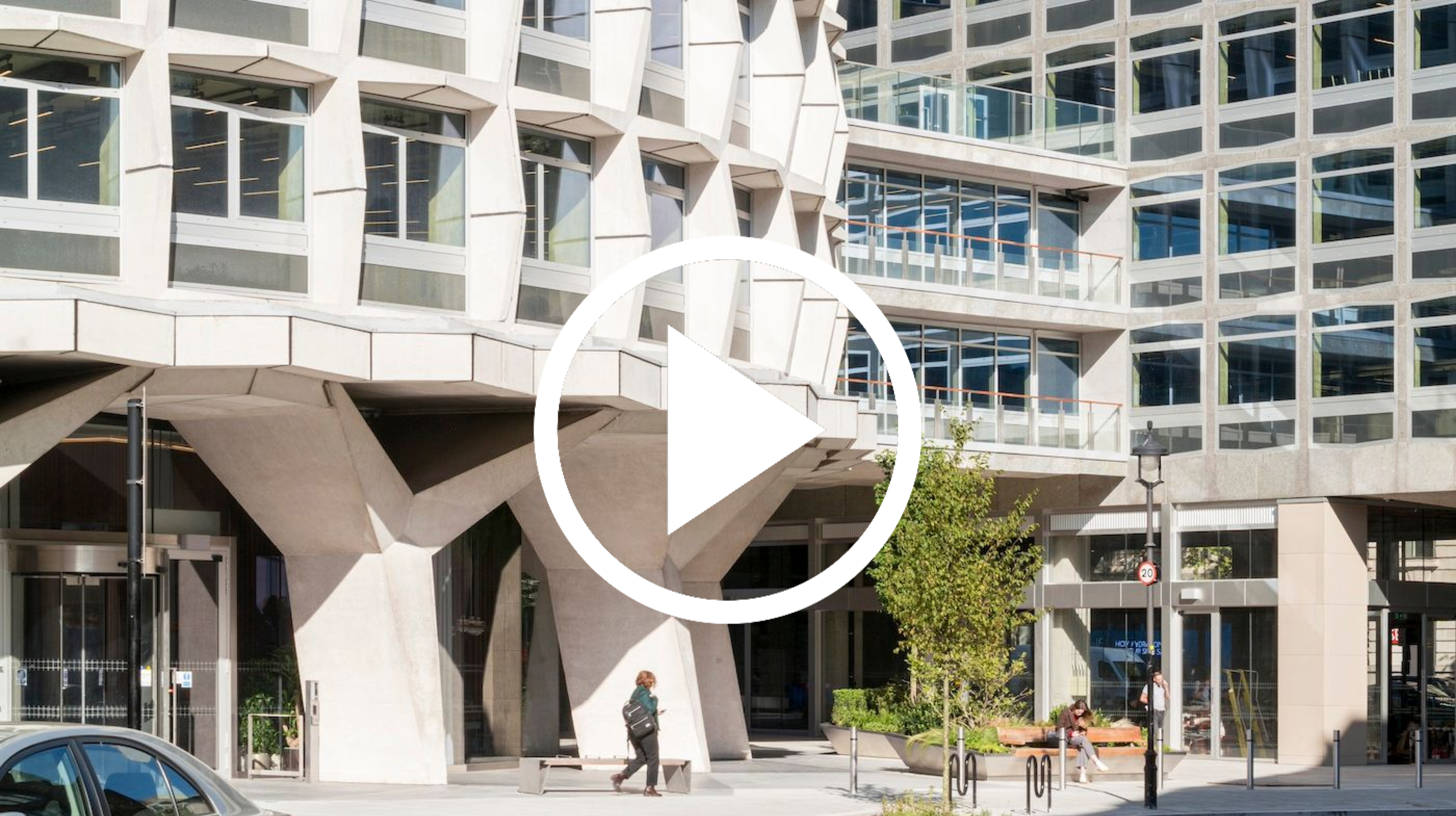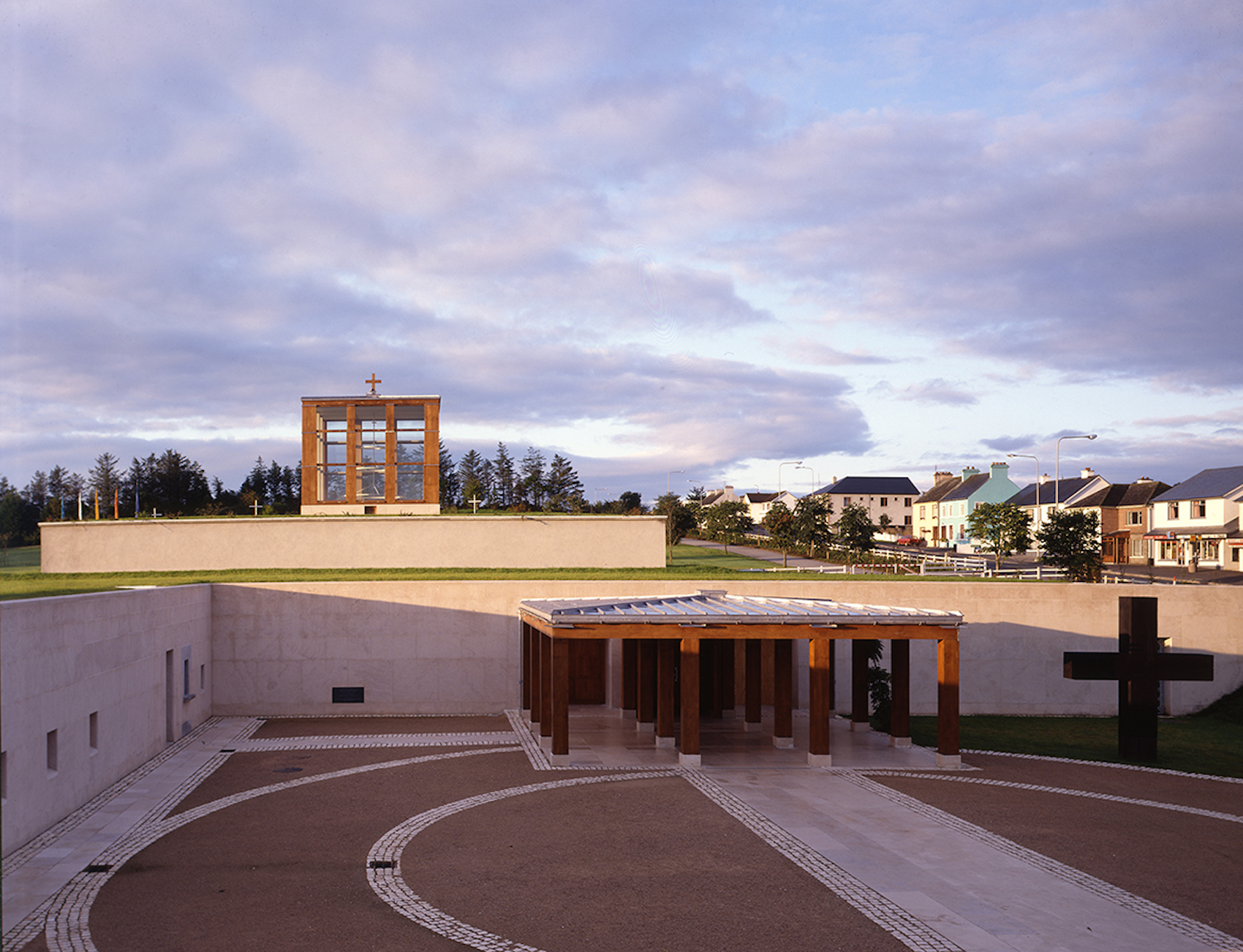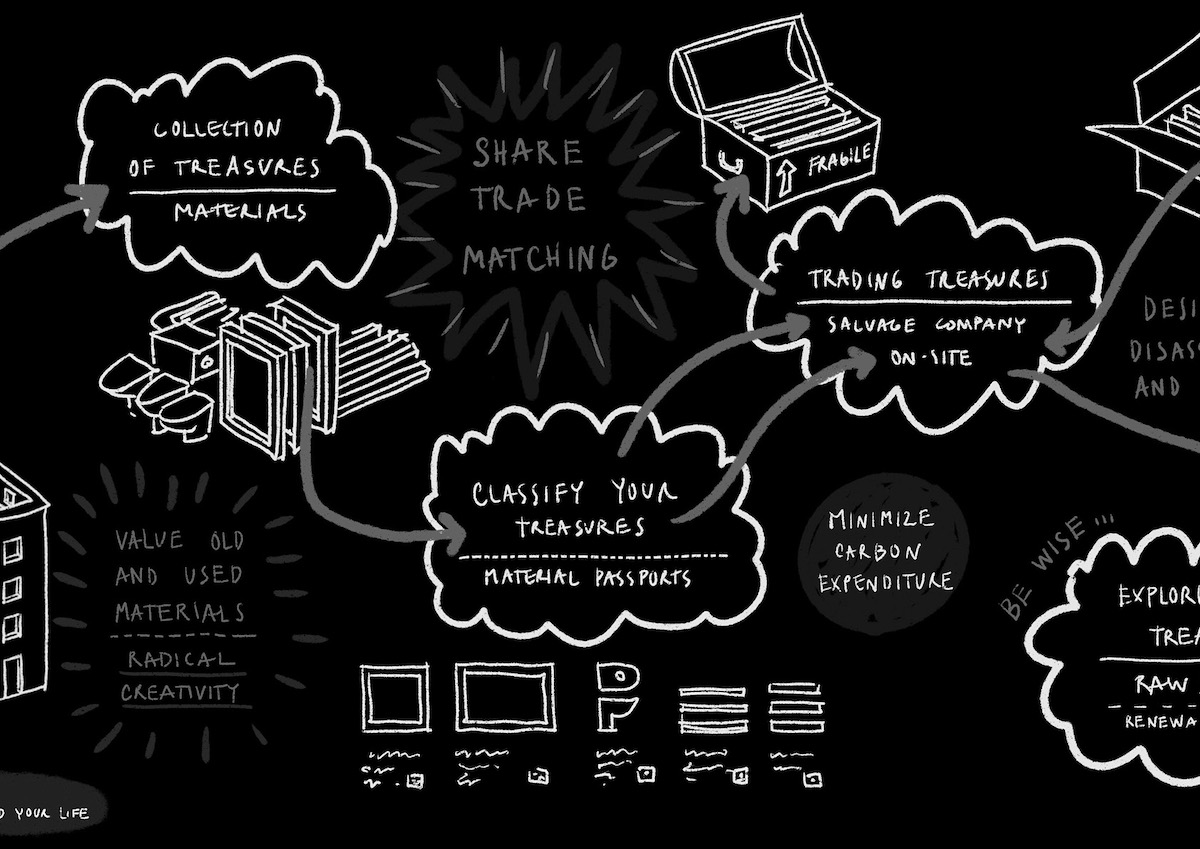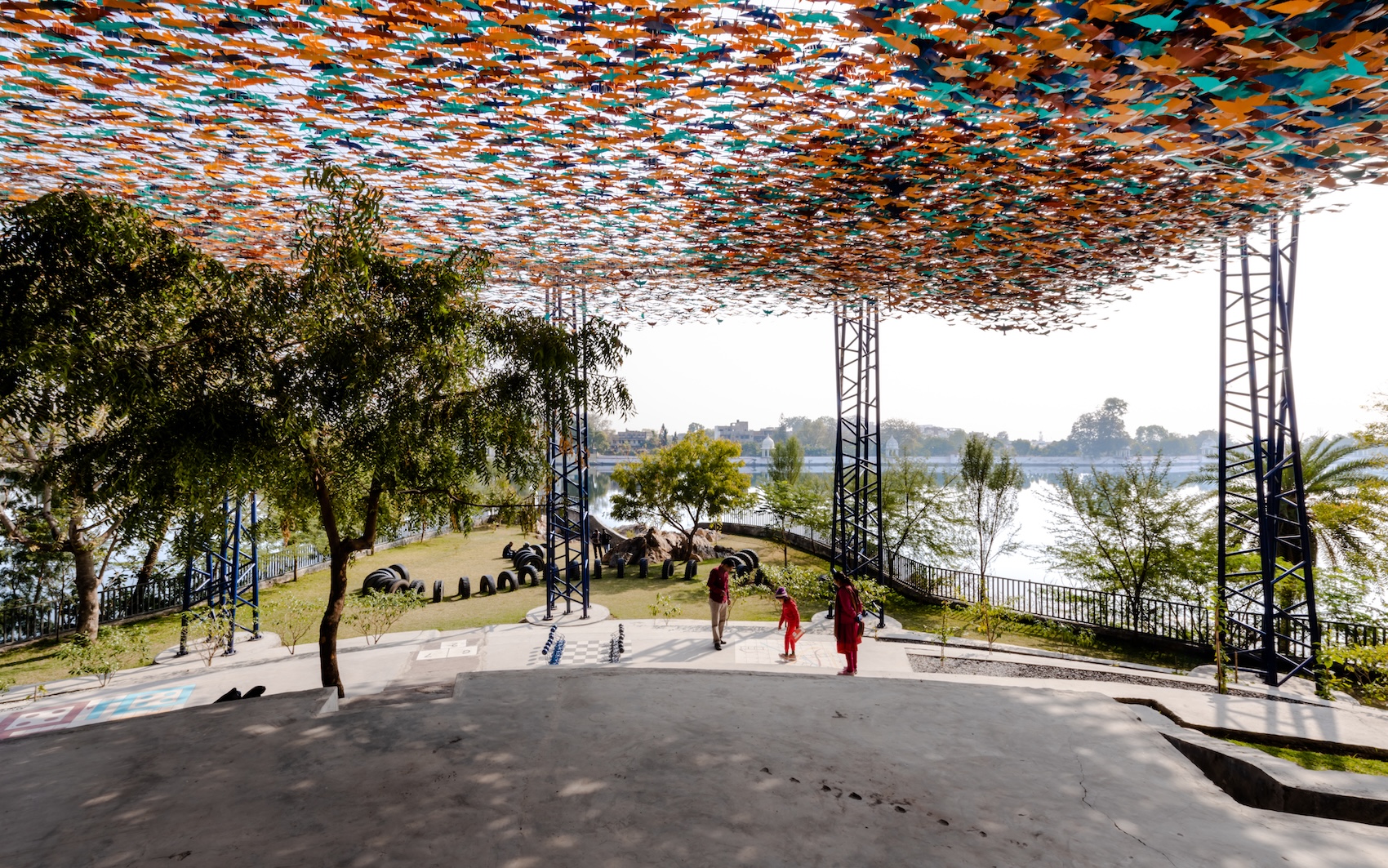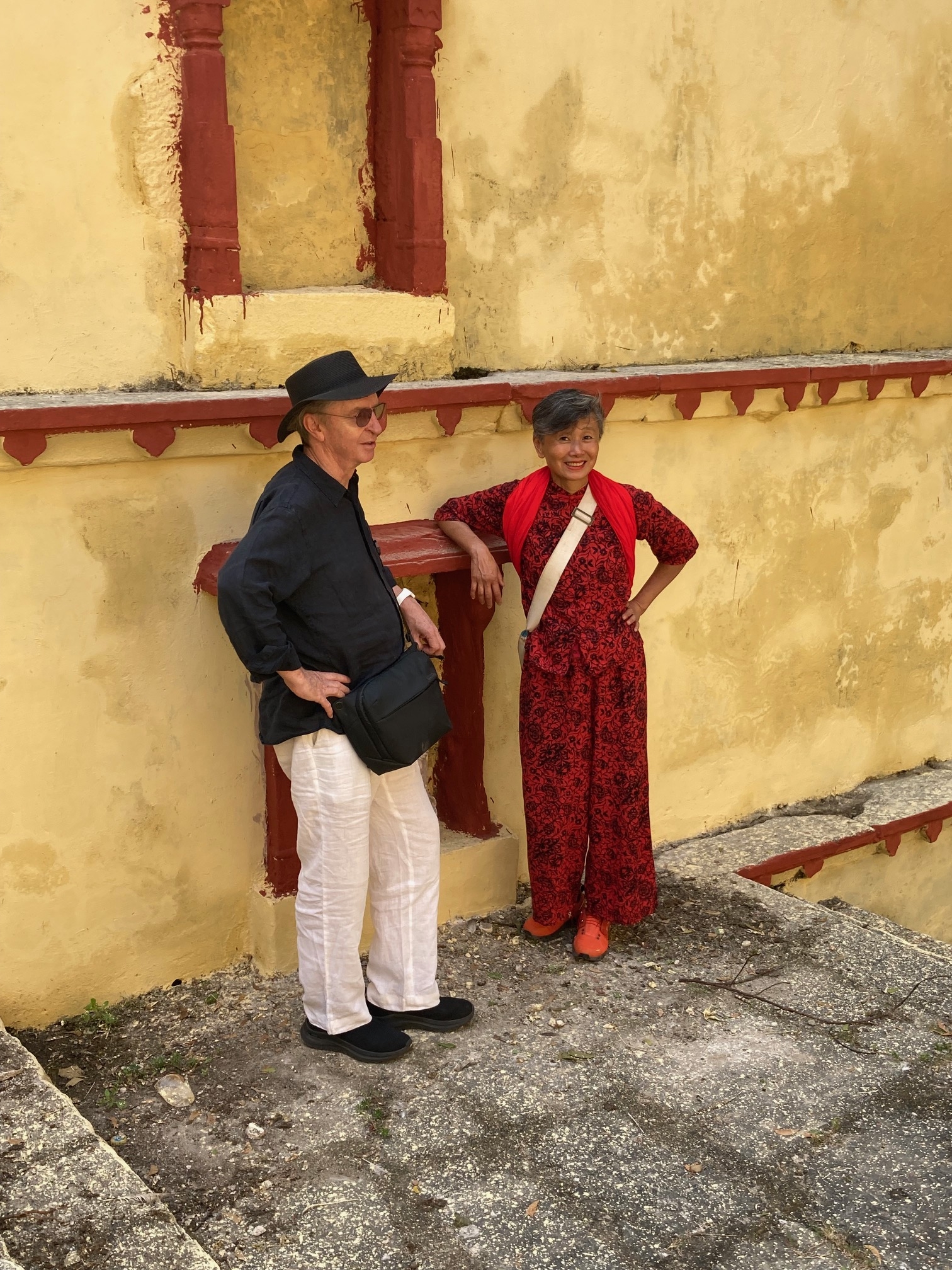Many cities are approaching New York’s density and monumental scale, but what will always distinguish Manhattan from these pretenders to the throne is the meeting of the grid, the green and the water.

It used to be that any image of a cluster of towers would automatically register as an image of New York. The city melts our perceptions of closeness and distance. Today, many cities are approaching New York’s density and monumental scale, but what will always distinguish Manhattan from these pretenders to the throne is the meeting of the grid, the green and the water: water defines the form, the grid covers that form with a uniform urban fabric, while the green is the artificial reinsertion of the natural condition of the island. The buildings, which add a third dimension to the grid, form a dense and imposing rock on which false architecture cannot take root. Culture becomes the new nature.
A recent trip to the British Council for Offices’ annual conference caused me to think back on the time I have spent in the city: how it has changed and how it has changed me. I arrived in New York in the 1980s to study at the Cooper Union. Director John Hejduk, who was a profound influence on my design ethos, refused to provide dorms for his students. Learning to survive in New York was part of the curriculum. I stayed in various places: a dump on 4th Street where the roof caved in on me, a shared loft on Grand, at last finding peace of mind in a Quaker boarding house on Union Square. The school on Astor was a far safer place. Even moonlighting on a Venice Biennale project for Peter Eisenman in the Bowery loft of a fellow student was preferable to going home. Cooper Union was near ‘alphabet city’ as it was then called. If you passed through Avenue A, you had to watch your back; if you went to Avenue B you were a dead man; students didn’t dare venture to Avenue C. The safest way to be in New York was in motion – to walk with purpose and direction. The streets were always filled with the mingling smells of man and machine. The Lower East Side was a crucible of artistic activity. Even then, SoHo was the artistic establishment to react against, but artists like Donald Judd who still lived and worked there kept it authentic.
In the early 1990s, after working under Bruce Graham at SOM Chicago, I settled again in New York, starting a collaborative practice called Atelier 4 Architecture. This was the era of ‘broken window syndrome’ and zero tolerance policing. New York was turning from the wild to the wired. But urban cleansing comes at a price and escalating real estate values forced creative people into exile from Manhattan. Even Judd shipped off to Texas. The big bucks turned the city centre into a dead cash machine. Virtually nothing was being built, although I was fortunate enough to consult on Raimund Abraham’s Austrian Cultural Forum – one of few iconic additions to the New York skyline in that era – before relocating to London as design head of SOM.
Returning to New York last year I found myself confronted by a very different city. The Bowery and the Lower East Side have been cleaned up; SoHo is a shopping mall. Lower Manhattan remains much the same except that there is a little less Little Italy and a little more Chinatown. Buildings are being built again, but too often by architects who don’t understand the essential character of New York. They are erecting placeless blocks which could be found in any international city.
Architecture is not what makes New York. New York is not a style, but a mindset – buildings must extend skywards to occupy the maximum space afforded by zoning and floor plate extrusion. Highly sculptural high-rises which cut in to the building footprint are inefficient – they don’t give you the most building for your buck. Overstated and idiosyncratic buildings which ignore the New York mindset will run aground on the rock. Manhattan does not need architectural reference points: you always know where you are in the grid.
I was, however, excited to see children in the city again. These children are a new generation in waiting. Instead of people immigrating to New York in their youth and moving elsewhere to start a family, people want to stay and now can afford to. Perhaps the city is rediscovering the idea of sustainable communities which Jane Jacobs chronicled in the 1960s: the possibility that an inner-city block can accommodate three generations of a family with all the necessary amenities – local shops, schools, playgrounds and parks. Today New York has a sense of vitality that was absent twenty years ago. Redevelopment can revitalize cities, but only if it fosters their multiple communities.
Michel Mossessian is the Director of Mossessian & Partners whose current projects include two office buildings a Paddington Basin, London.
AT181/September 07 p112.


